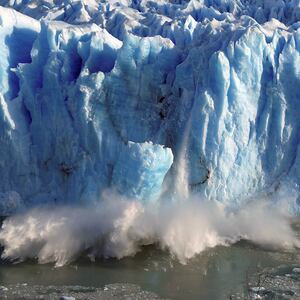Despite a reduction in greenhouse gas emissions in 2020 thanks to lockdowns caused by the COVID-19 pandemic, greenhouse gas concentrations in the atmosphere still reached record highs that same year, the World Meteorological Organization reported Monday.
Early in the pandemic, there were hopes that a halt in normal activities (like transportation) could help curb greenhouse gases. Carbon dioxide emissions, in fact, did fall by about 6.4 percent, or 2.5 billion tons, in 2020. The U.S. itself saw its emissions dip by 13 percent.
But emissions didn’t decline nearly as much as hoped, thanks in great part to the fact that many sources normally responsible for sequestering carbon dioxide are now big producers, like the Amazon rainforest.
Trees play a huge role in absorbing carbon dioxide, but huge swaths of the Amazon rainforest are now emitting more carbon dioxide than they are absorbing. Part of this is due to deforestation activities, but higher temperatures also lead to less precipitation, which stresses out trees and causes them to die off sooner. Even in the absence of human activities like air travel, these natural settings no longer absorb emissions the way they once did.
Concentrations of carbon dioxide are now 149 percent higher than they were before 1750, when human industry took off. Other greenhouse gases like methane and nitrous oxide are 262 percent and 123 percent above pre-industrial levels, respectively.
The findings will serve as a backdrop to the United Nation’s climate change conference next week, known as COP26, in Glasgow, Scotland.
“At the current rate of increase in greenhouse gas concentrations, we will see a temperature increase by the end of this century far in excess of the Paris Agreement targets of 1.5 to 2 degrees Celsius above pre-industrial levels,” WMO Secretary-General Petteri Taalas said in a statement. “We are way off track.”
The United Nations Environment Program has said the world needs to cut carbon emissions by 7.6 percent every year for a decade to prevent the planet from warming more than 1.5 degrees Celsius above pre-industrial levels—the goal that was set by the 2015 Paris climate agreement. The world is not on track to meet this goal.
“The last time the Earth experienced a comparable concentration of CO2 was 3-5 million years ago, when the temperature was 2–3 degrees Celsius warmer and sea level was 10-20 meters higher than now,” said Talaas. “But there weren’t 7.8 billion people then.”







